Value is in the Eye of the Beholder
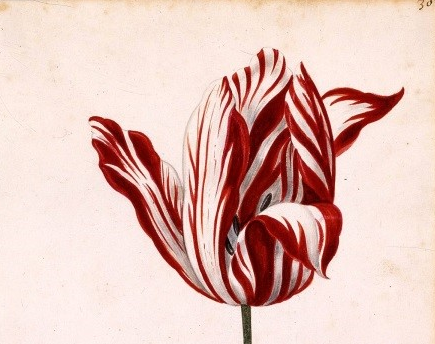 Today you can purchase a colorful bouquet of tulips from any florist or urban bodega for about the cost of two movie tickets, but in 16th Europe, a handful of tulips could be given in exchange for a house. A huge house.
Today you can purchase a colorful bouquet of tulips from any florist or urban bodega for about the cost of two movie tickets, but in 16th Europe, a handful of tulips could be given in exchange for a house. A huge house.
When the first bulbs arrived the Netherlands in 1554 from the Ottoman Empire, they were were a novelty— lush, exotic, difficult to come by and time-consuming to plant. The price of a bulb rose so astronomically that by 1637, a single bulb could feed, clothe and house a single dutch family for half a lifetime.
Like all speculative bubbles, the mania finally reached a tipping point, but not before men of all backgrounds, seduced by the allure of these exotic flowers, poured their entire life savings in the frenzied tulip trade. In February of 1637, the market collapsed over night. Demand vanished and the flowers fell to a tenth of their former value.
It wouldn’t be the first time human lust rallied the price of an object to heights far beyond its intrinsic worth. In the centuries to follow, there would be gold, houses, company shares, dot-coms and beanie-babies subject to the same passion-fueled boom and bust. In the history of economic bubbles there lies a powerful lesson in attraction: just like beauty, value is in the eye of the beholder.
The Third Seduction Principle
In cities across the globe, thousands of people happily pay money to haul their tables, chairs and packaged food to an undisclosed outdoor location in order to partake in the world’s largest, and perhaps most intriguing, picnic. It is called Le Diner en Blanc, and the pop-up phenomenon, with waiting-lists some 40,000 long, is a text book seduction.
Over the course of this three part series, I’ve used Le Diner as a case study to explain the three human truths that make seduction possible.
In Part I, I explained that few people can resist a secret. In Part II, I demonstrated how isolation inspires intimacy.
Curiosity and isolation play a vital role in the Le Diner’s appeal, but for sure, the most seductive aspect is the simple fact that not everyone can go. There are 5,000 available spots and about 40,000 people hoping to get lucky.
Which leads me to the third and final, which by now you may have guessed.
Everyone wants what they can’t have.
The Power of Exclusivity
In the 17th century lobster was fed to prisoners and indentured servants. In the 18th century, the crustaceans washed up along the east coast so abundantly it was considered low-class food, designated for the poor. In fact, it wasn’t until the 20th century, after over-fishing dramatically reduced the supply, that lobster was rebranded as a delicacy
Scarcity is a social phenomenon. We place higher value on an objects that are scarce than those that are in abundance. In psychology this is called the scarcity heuristic, a cognitive shortcut by which we use an item’s availability, or perceived abundance, to quickly estimate quality. Simply put, we want what we can’t (or we’re less likely to) have. This human weakness can be exploited in innumerable ways.
In the early days of Facebook, the social networking site was only available to Harvard students, then the Ivy League. Soon Facebook opened its doors to all college students, employees at select companies, and in 2006 it finally opened to the world. Today, the website boasts over a billion members, but the first users were an exclusive group. As the network grew, others naturally wanted in. Whether by accident or intent, Facebook’s ability to surpass all of its social networking competitors speaks volumes about our desire for hard-to-get things.
The It Bag
Luxury and exclusivity are nearly synonymous in the marketing world. High end brands maintain their prestige simply by limiting the number of products available and using prohibitive pricing.
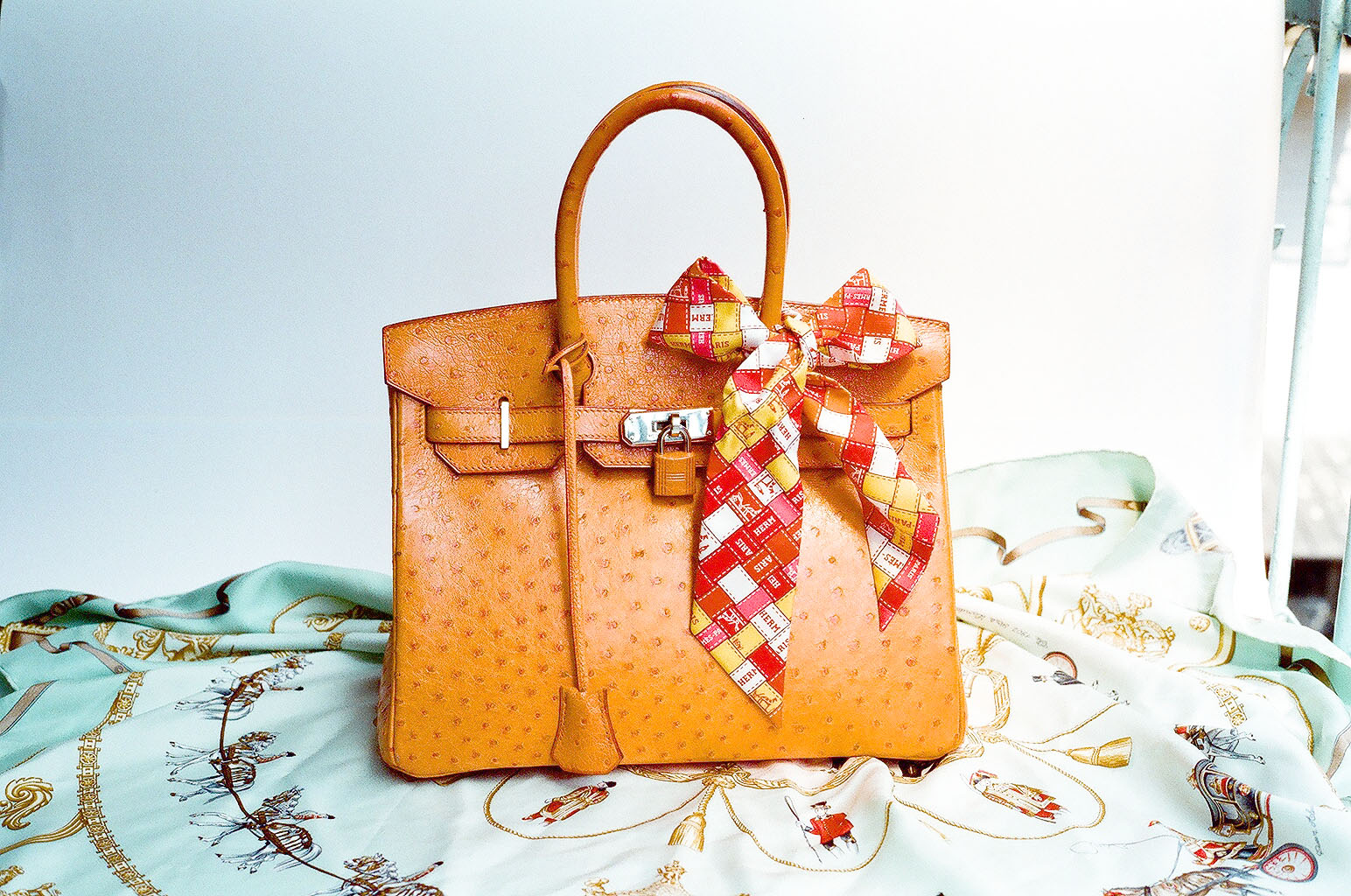 There can be as long as a six year wait list to purchase an Hermes ‘Birkin’ bag which ranges in price from $12,000 to over $200,000. And even if you have the disposable income and an inordinate amount of patience, it takes more than a simple stroll into the nearest Hermes boutique. In pursuit of this rarefied bag, one must curry favor with a sales associate or even hire someone else to source it. Unless you are a bona fide celebrity or socialite, the complex process of procuring such a bag makes it the ultimate status symbol among ladies who lunch. It is so coveted, the bag actually gains value the moment you purchase it, meaning obtaining one of these bags can be as significant an investment as purchasing a modest, suburban home— with cash.
There can be as long as a six year wait list to purchase an Hermes ‘Birkin’ bag which ranges in price from $12,000 to over $200,000. And even if you have the disposable income and an inordinate amount of patience, it takes more than a simple stroll into the nearest Hermes boutique. In pursuit of this rarefied bag, one must curry favor with a sales associate or even hire someone else to source it. Unless you are a bona fide celebrity or socialite, the complex process of procuring such a bag makes it the ultimate status symbol among ladies who lunch. It is so coveted, the bag actually gains value the moment you purchase it, meaning obtaining one of these bags can be as significant an investment as purchasing a modest, suburban home— with cash.
Playing hard to get?
Perceived scarcity plays an obvious role in the seduction process, but the old adage “play hard to get” is misleading. If one must play hard to get in, then the reality must be quite the opposite. Exclusive objects are not simply difficult to procure—they are difficult to obtain because there are so few like them.
And here comes the good news for just about any human being on the planet who aspires elevate themselves above the banal: there is only one of you.
It is really that simple, but infinitely complex because our society systemically promotes conformity. Traditional dating advice prescribes “rules” and established modes of behavior. Play the damsel in distress. Don’t say too much over dinner. Wait so many days. In reality, no two seductions are the same because every pleasurable journey takes on the tone of its tour guide.
When we appeal to universal standards of beauty and decorum in our quests to mesmerize, we really do just the opposite. We downplay the characteristics that make us rare— sui generis— and given human nature, this completely defies logic.
Consider again luxury handbags. The moment counterfeits flood the market, the value goes down.
Why be a copy when you can be an original?
A Woman Like No Other
I imagine that the mania surrounding Josephine Baker following her Parisian debut, leading men to propose and women to slick their hair with Baker-fix, was much like the economic boom fueled by tulips in 16th century Europe. She too was exotic, rare and unlike anything Parisians had ever seen. But Baker belongs to an exclusive sorority of women who throughout history made their mark by playing up their most exclusive qualities.
The first step for any woman who seeks to ply her trade as a modern day siren is to mine her 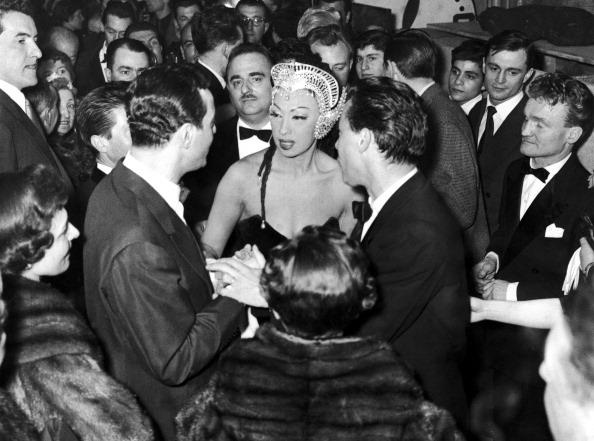 own virtues. Take inventory of everything that makes you an original. This may be your apple cheeks, full lips, or flirtatious lashes. It may be a petite or a towering stature. It may be your laugh, your intensity, your dry wit, or intriguing depth. All of these qualities can be owned and exaggerated for seductive effect.
own virtues. Take inventory of everything that makes you an original. This may be your apple cheeks, full lips, or flirtatious lashes. It may be a petite or a towering stature. It may be your laugh, your intensity, your dry wit, or intriguing depth. All of these qualities can be owned and exaggerated for seductive effect.
This is precisely my reason for creating The 13 Feminine Seduction Archetypes Quiz as the first major feature of this website. I hope to give women a mirror in which to objectively examine their inner and outer virtues. Archetypes do this, by allowing us to understand the critical inner forces shaping our lives. They grant us the autonomy to boldly claim our most authentic selves, and they offer insight into the unique ways in which the world sees us.
How to be an ‘It’ Girl
There are other ways in which the world perceives our exclusivity. An in-demand object commands a great price. People can also be in demand. Celebrities and CEO’s are extreme examples. Celebrities are ‘hot’. They have social and erotic capital. We all want a piece of them because we want fame by association. Professionals at the top of their game are also in demand. They are busy running companies. They have limited time. Time with them is in effect scarce.
These are extreme examples but the same principles hold true for you and I. When we lead full lives that encompass our personal time, careers, family, friends, and the activities that make us feel most alive, we increase our demand. For one, our time, which is always precious, is limited and two– when a woman leads a life passion, pleasure and tedious self-care, her energy flourishes. Some men may call it your vibe… It’s a hard concept for them to grasp. But sensuality, yin, sex appeal, feminine energy, shakti, vibe– whatever you call it– when it is in great supply, people will want to be near you. People will literally crave your energy. Trust me on this one.
Exclusivity is something that is communicated tacitly. Human instinct is to infer value based on context. There are many ways that exclusivity may be implied. Living authentically is one. It says you are one of a kind, and comfortable being so. When you don’t try to ‘please’ your behavior says ‘take me or leave me’. Upholding personal standards and boundaries is another way we communicate exclusivity. It silently communicates you have options.
There’s an even more insidious tactic that the greatest sirens have leveraged to their advantage. Triangles.
How Carolyn Bessette Snagged John F. Kennedy Jr.
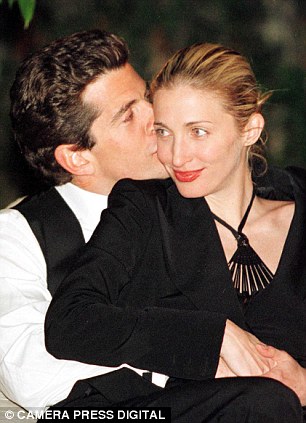
In 1988 People magazine named the 27 year old John F. Kennedy Jr. “the sexiest man alive”. The son of legendary siren and style icon Jacqueline Kennedy and former president John F. Kennedy, he was considered as close to American royalty as one could get. And accordingly, he kept in a rotation a glittering menagerie of women. By the time he’d reached his 30’s, he’d been linked to Madonna, Julia Roberts, Melanie Griffith, and blonde-bombshell Daryl Hannah, his on-again-off-again paramour who wanted more than anything to be his wife. Like the Greek god Hermes, John was dashing and fleet-footed. He loved women but he loved freedom more. No one could capture his heart until…
He met Carolyn Bessette, a tall, ethereal, ice blonde publicist for Calvin Klein with striking (not classically so) features and translucent eyes. They met at a pool party. Carolyn was with Michael Bergin, her sometime boyfriend, an aspiring model and doorman at the trendy Paramount Hotel. Carolyn wasn’t an actress, model or trust-fund baby— but she was a known “man eater”. She had an eye for powerful, famous men and she was an expert at driving them crazy. An ex once told a reporter that Carolyn “would make you jealous and you tried to do it back, she’d ignore you. Then you go completely crazy.”
She was determined to win John, but he was the last to know. While dating John, she casually continued her ‘friendship’ with Bergin, using him as a valuable weapon. When John resorted to his playboy ways, she’d be sure to be photographed with her model boy-toy. No one thought she’d actually leave John, except for him.
Even when John asked her to marry him, in 1995, she took a move out of her soon-to-be mother-in-law’s playbook, and deferred her answer for months. Meanwhile, as she kept John on tenterhooks, she quietly booked the chapel ahead of time.
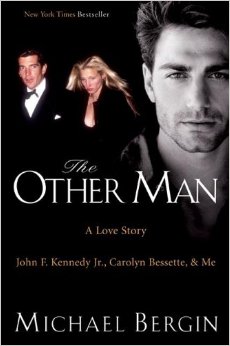
Call it the harem effect. When we appear as an object of desire, we take aim at man’s willingness to conquer and possess. Triangles are an extreme tactic that must be employed tacitly and with restraint. You must allow the men in your life to come to their own conclusions. You don’t create triangles with your lips.
Sometimes they form casually– like when we are out socially, politely engaging multiple men– maybe even friends. Dating multiple men creates triangles. ‘Rotational dating’ as its called makes you less available and men can sense when you aren’t desperate for you companionship. (Men want to be wanted, not needed) And then there’s the methodical approach to deliberately leaving clues, like Carolyn did, that another man is after our heart. It helps if this is really true.
One Final Note
All sirens have preternatural gift of inciting curiosity, isolating her paramour, and cultivating her highest qualities. Curiosity, isolation and exclusivity are the three critical ingredients in any seduction— but there is one more principle worth mention.
There are some diners who return to Le Diner en Blanc excitedly year after year—- and there are others who would rather host a picnic in their own backyard. That’s the thing about seduction– charm is never one size fits all. Thousands of people walk past the Tiffany’s window every day without ever entering the store, yet the price of the jewels never change.
The most seductive women on the planet are charming, enchanting and bold–but more than anything, they don’t allow others to define their worth.
Be who you are. The world will adjust.
xo,
Ayesha
This is Part III of a three part blog series titled “How to Seduce a Man: 3 Principles Every Woman Must Know”. Read Part I (Few can resist a mystery) here and read Part II (Isolation inspires intimacy) here.
The founder of Women Love Power®, Ayesha K. Faines is a writer, media personality, and brave new voice for feminine power and social change. Sought after for her provocative insights on culture, mythology and gender politics, she has been featured on MTV, Essence, Entertainment Tonight, The Michael Baisden Radio Show, AfroPunk, and Time among other media outlets. She’s traveled the world lecturing before a number of universities, and she pens a column for Zora Magazine that explores the intersection of love and power. She is best known as a featured panelist on “The Grapevine”. Ayesha is a graduate of Yale University and a former television journalist.